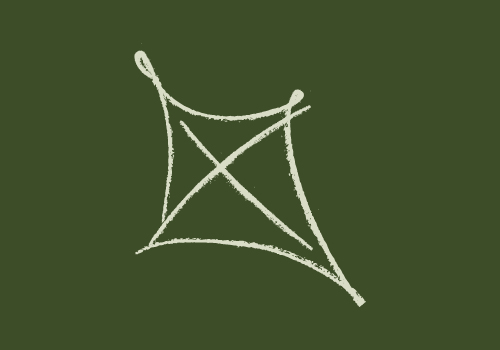
Helping baby to move
Once babies master crawling, they pull themselves up to stand, steadying themselves against people and furniture. Encouraging baby’s steps strengthens leg, back and arm muscles, as well as coordinating the small foot muscles they use for balance.
Why do it?
- When baby has mastered crawling, they’ll start trying to pull themselves up to stand against furniture. Whānau can help baby’s body strength and development by encouraging them.
- The time it takes baby to learn to pull to a stand, to cruise and then to stoop will differ. It will be influenced by the opportunities and encouragement they get, by their motor development and strength and by their natural temperament.
How to do it
- Place a toy on a low table where baby can see and try to reach it.
- When baby has mastered getting the toy, try placing the toy further along on the table so baby will ‘cruise’ (walk sideways) to get it.
- When baby has mastered pulling to a stand and cruising, try putting a toy by baby’s feet, so baby can practise stooping to pick it up.
- Baby’s motor skills are still developing. Stay close and support baby until their legs and arms are strong enough to support themselves.
- Put the toy just out of reach. But remember baby needs to succeed — not get frustrated because they’re not yet ready to move, or the toy is too far away.
Using more te reo Māori
| Te reo Māori | English |
|---|---|
| Ngōki | Crawl |
| Whakapakari | Strengthening, developing |
| Hīkoi | Walk |
| Paneke | Move forward |
| Ruriruri | Totter, walk unsteadily |
| E tū | Stand up |
| Whakawhena | Be steady |
| Whātoro | Reach out |
| Piko | Bend, stoop |
| Haere mai, haramai | Come here |
| Kohiā te taoga tākaro | Pick up the toy |
| Tō tere hoki! | You're so fast! |
| Me titiro | Have a look |
| Rarau | Grasp |
| Tangohia | Pick up |
| He aha hei tākaro māu, e te tau? |
What would you like to play with, my darling?
|











